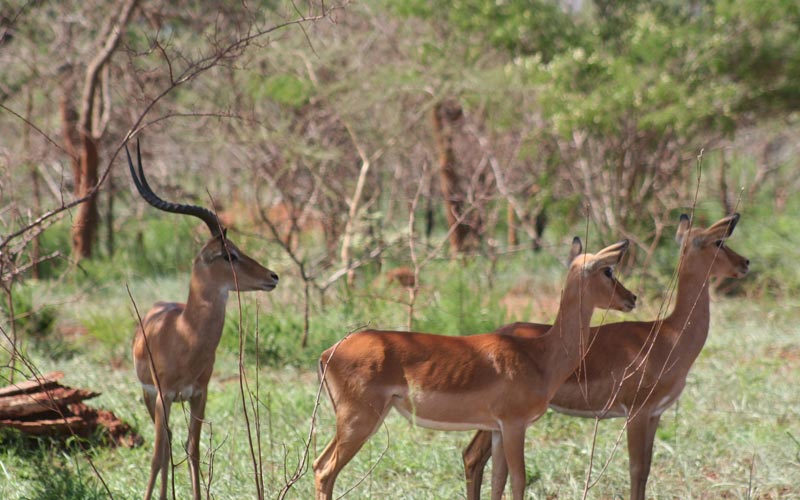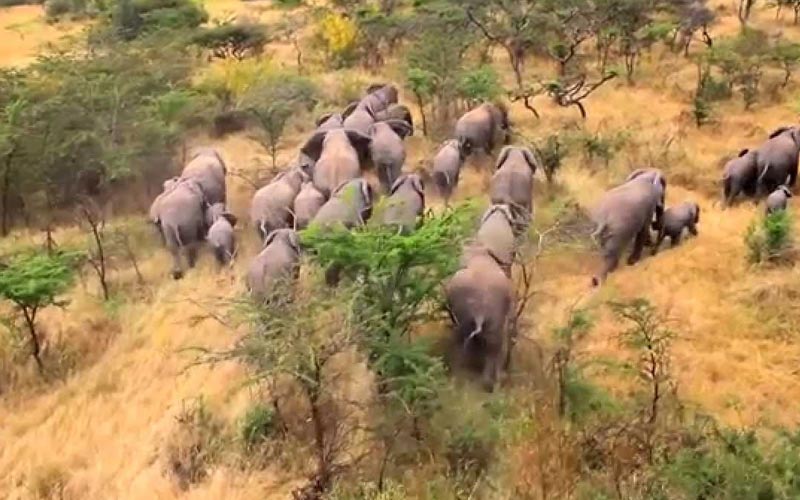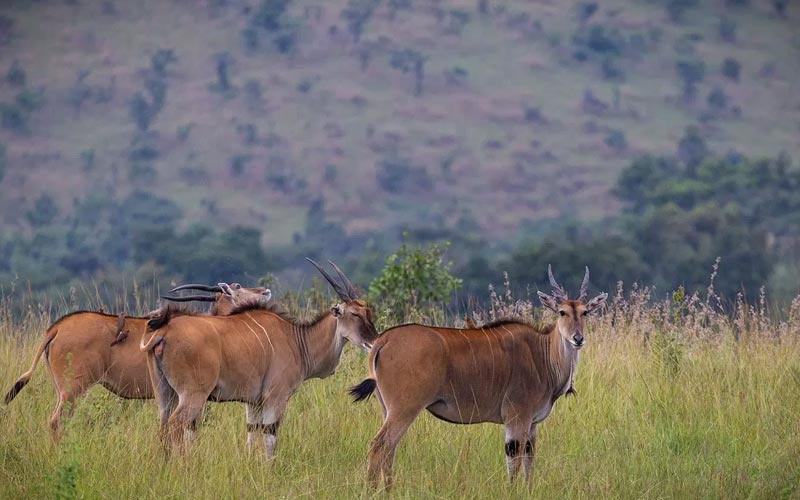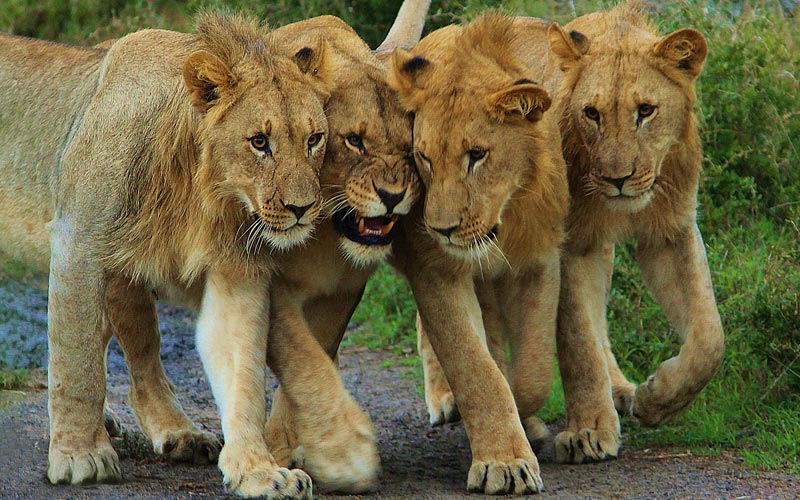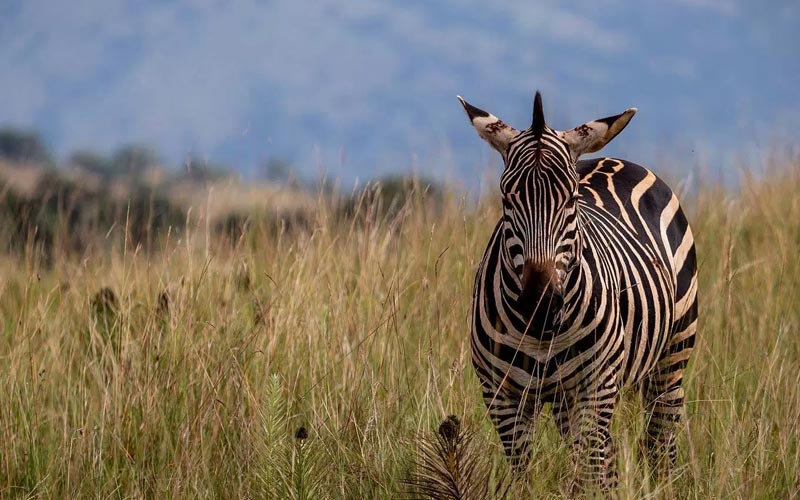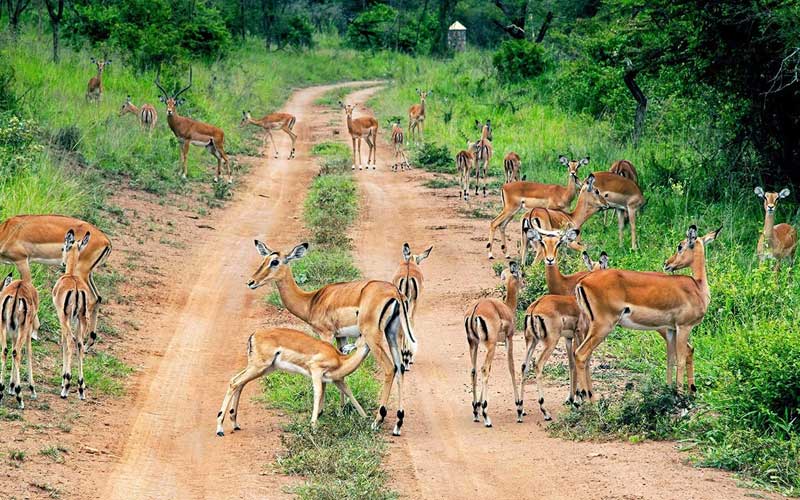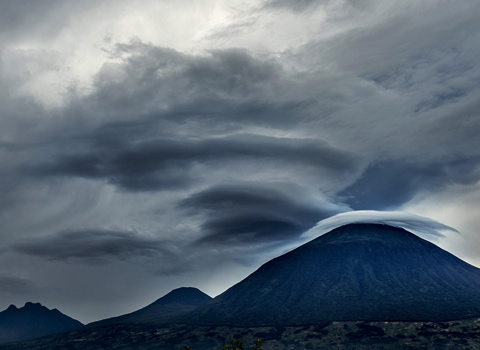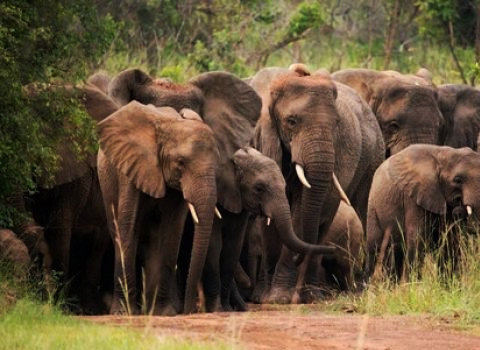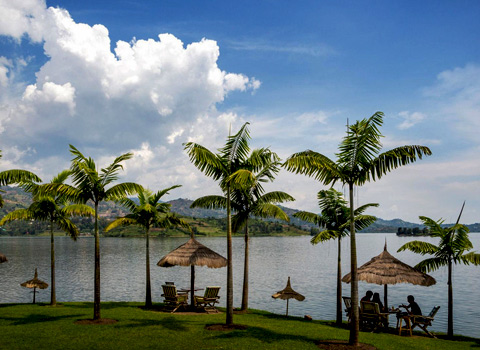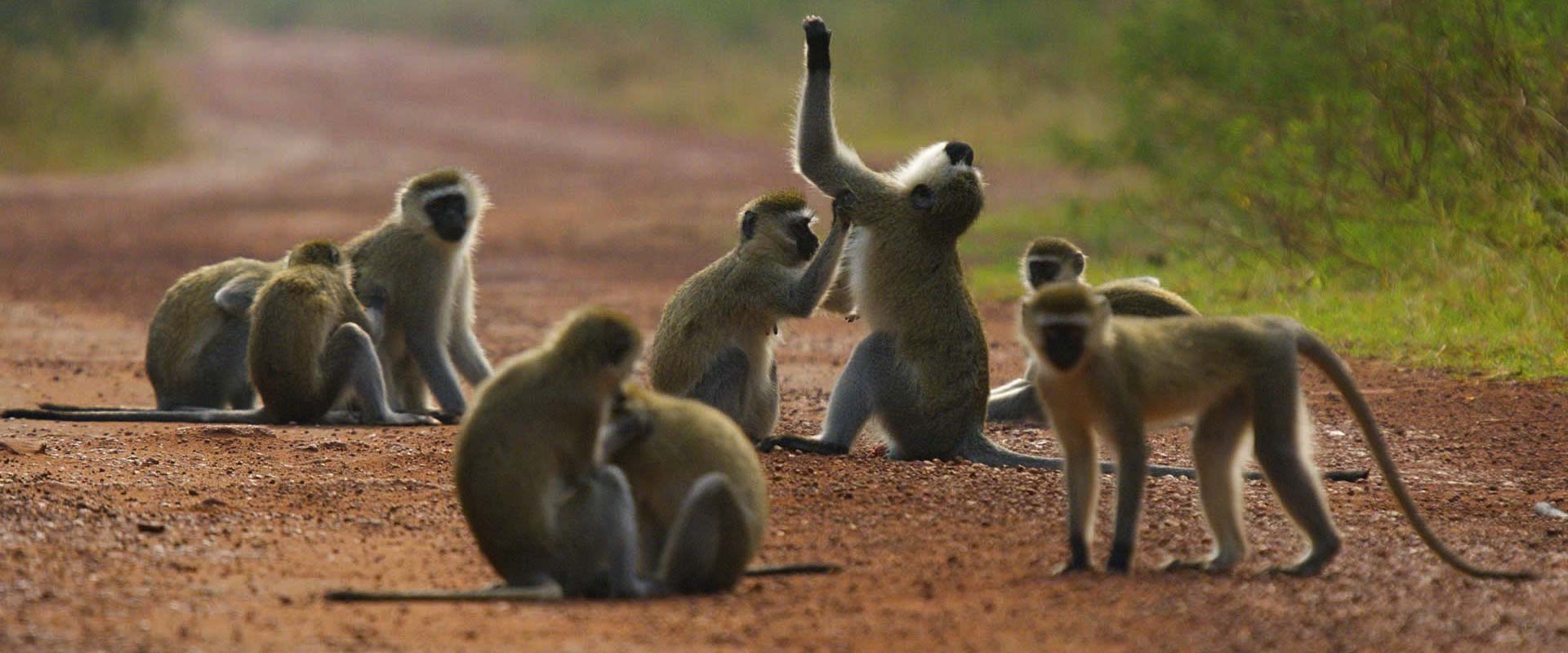
Akagera National Park
Season And Climate
The climate in Akagera is generally moderate to warm. Normal temperatures are very uniform consistently. It never gets very hot, however it is consistently warm during the day and cool around evening time. Akagera's Dry season is from June to September. There are two Wet seasons. The 'short rains' are from October to December and the 'long rains' are from March to May.
How To Get There
Akagera National Park is adequately open by road. From Kigali, its a 2hour 30 minutes drive from over a segment of 135 kilometers. From Kibungo/Rwamagana it's a one hour drive. Open transport is accessible at any rate it's increasingly splendid to enlist a taxi. Akagera Aviation offers flights to all the different national parks in Rwanda.
Activities
- Game Drives
- Night Game Drives
- Boat Safaris
- Bird Safaris
- Fishing
Highlights
The pleasant combination of normal surroundings today plays host to practically 8000 creatures including the Big 5.
An enjoyment drive on the verdant dales will give you sightings of get-togethers of buffaloes and impalas, giraffes, zebras, elephants, the elands, the klipspringer topis, impalas, including the marvelous and inconspicuous oceanic sitatunga close to the papyrus swamps.
The park is a sanctuary for ornithologists and birding entusiasts with its around 500 sorts of avifauna.
Pros and Cons
Pros
- Extraordinary natural life seeing with the Big Five present
- Fantastic birding incorporates numerous rarities, raptors and waterbirds
- Off-the-beaten-track goal
- Wonderful view with a few timberland bordered lakes
- Night drives and boat trips accessible, alongside the typical game drives
Cons
- Constrained settlement in the park
- Enormous felines are moderately hard to spot
- Tsetse flies can be an issue in the park
Overview
Dominated scenically by the perplexity of swamps and lakes that follow the meandering course of the Akagera River( the most remote source of the Nile river). Akagera is, above all, big game country! Herds of elephant and buffalo emerge from the woodland to drink at the lakes, while lucky visitors might stumble across a spotted hyena or even a stray lion. The graceful giraffes, Zebras and mudy hippos are found I abundance here.
Akagera National Park is situated in the north-east of Rwanda, around a 2.5-3 hour drive from Kigali, along the border with Tanzania. It is named after the River Akagera that streams along with the eastern limit.
Akagera is without uncertainty likewise a standout amongst the most beautiful African reserves, with a maze of lakes of which the largest is Lake Ihema. Its backwoods bordered lakes, papyrus swamps, moving good countries, and savannah fields join to make Akagera an unmissable piece of this beautiful nation. It has outstanding dimensions of biodiversity and structures the biggest secured wetland in focal Africa. It houses an assorted variety of natural surroundings in one park including lakes, bogs, savannah, mountains and forest, which makes for an incredible view. Akagera is home to numerous huge fields game species, just as species confined to the Papyrus marshes, for example, the Sitatunga and the looked for after Shoebill. It plays host to bigger predators, for example, Leopard, Hyena, Side-Striped Jackal and Lion.
Other bigger game incorporates Elephant, Zebra, Topi, Buffalo, Waterbuck, Roan Antelope, and Eland. Other antelope are Duiker, Impala, Oribi, Bohor Reedbuck, Klipspringer, and Bushbuck. Primates incorporate; Olive Baboons, Vervets and the hidden Blue Monkey are seen during the day, with Bushbabies frequently observed on night drives. Akagera is a significant ornithological site with almost 500 bird species because of its wide assortment of environments. The uncommon and subtle Shoebill imparts the Papyrus to different rarities, for example, the exquisite Papyrus Gonolek and countless other water birds that possess the wetlands in huge numbers.
Information
Other National Parks
Suggested Itineraries
Need a more customised exprience?
We will make it happen.
Arusha Office:
- Phone: +255 784 162 038
- Email: info@faceafricaadventures.com
- Address: Moivo Olorein Ppf, Block 668 Agm Street Arusha Tz, 23100
USA Office:
- Skype: raydigiacomojr
- Email: sales@faceafricaadventures.com
- Address: Laguna Beach, California,
Enquiry Now
"We love hearing from you.So if you have any comments,questions,queries,or you just want to say hello,please get in touch with us".



.avif)


